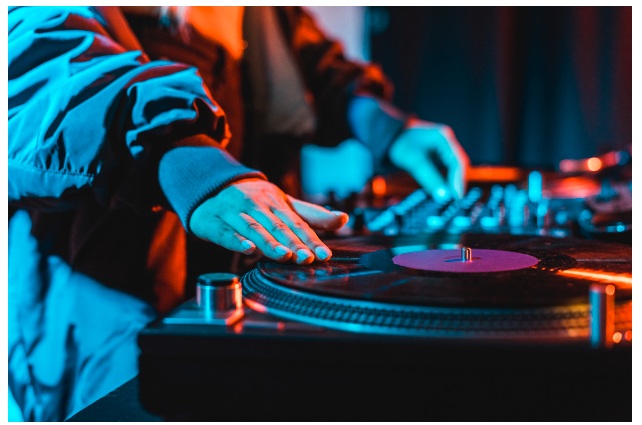If you’ve ever spent time at a club or festival, you know DJing is a true skill. Have you ever wondered what it takes to sit in the driver’s seat, when every track you spin and transition you create lifts spirits and creates unforgettable nights?
DJing is a thrilling art form that blends creativity with technical skill, and gear is at the heart of it all. Whether you dream of commanding club dance floors or throwing the hottest house parties, the right equipment is your first step toward DJ stardom. Let’s dive into the essential DJ gear that will help you scratch, mix, and spin your way into the music scene.
What Are the DJ Equipment Basics?
To kick off your DJ journey, you’ll need to decide between the charm of vinyl and the versatility of digital. Here’s the lowdown
Turntables
For producers drawn to the original DJ aesthetic, turntables offer the tactile experience of mixing with vinyl. There are two main types to consider: direct drive and belt drive.
Direct drive turntables connect the motor directly to the platter, providing faster start-up times and more consistent speeds — perfect for scratching and beat-matching.
Meanwhile, belt drives use an elastic belt to link the motor to the platter, which minimizes motor noise interference but might not offer the same level of control as direct drives.
The key feature to watch out for is variable pitch control. This lets you adjust the speed of the record, allowing you to match the tempo of two tracks seamlessly.
Controllers
Stepping into the digital realm, controllers are the go-to for most modern DJs. They connect to your computer, allowing you to manipulate digital music files using decks and a mixer interface. Brands like Pioneer and Numark offer a range of options from beginner to pro. When choosing a controller, consider what software it’s compatible with because it can define your DJing experience.
Mixers
Your mixer is mission control. It’s where all your audio channels converge, allowing you to manage everything from sound levels to dynamic effects. Look out for channel inputs, WQ controls, and your crossfader.
For your channel Inputs, start with at least two channels. Each channel can be thought of as a separate track you can control independently.
EQ Controls knobs allow you to adjust the bass, mid, and treble frequencies of each channel, helping you blend or isolate different elements of the music.
Finally, the crossfader slider lets you smoothly transition from one channel to another, essential for seamless mixing.
For producers who want to refine their sound, advanced mixers come with built-in effects like reverb and echo, loop controls, and even connectivity for additional instruments or microphones. Just look at DJs like Anyma, Calvin Harris, or Deadmau5, who use sophisticated mixers to create unique soundscapes. Their choice of mixer.


